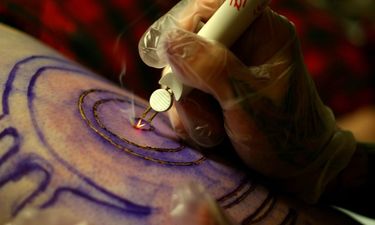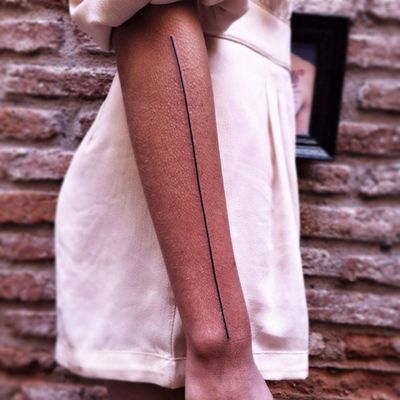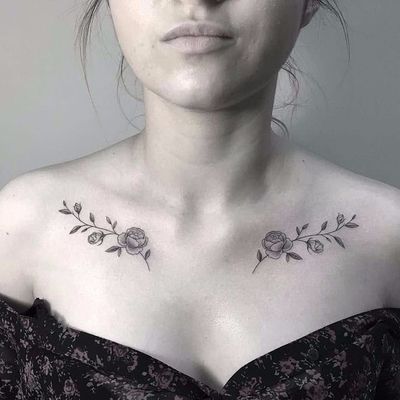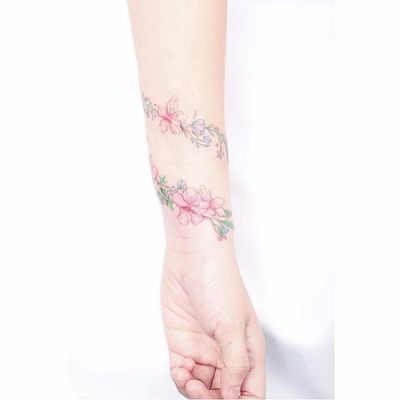We've shown you some types of body modification before like scarification and stretching. Now its time to check out branding!
Let's move on to another which is just as radical and just the right bit of gut-wrenching.
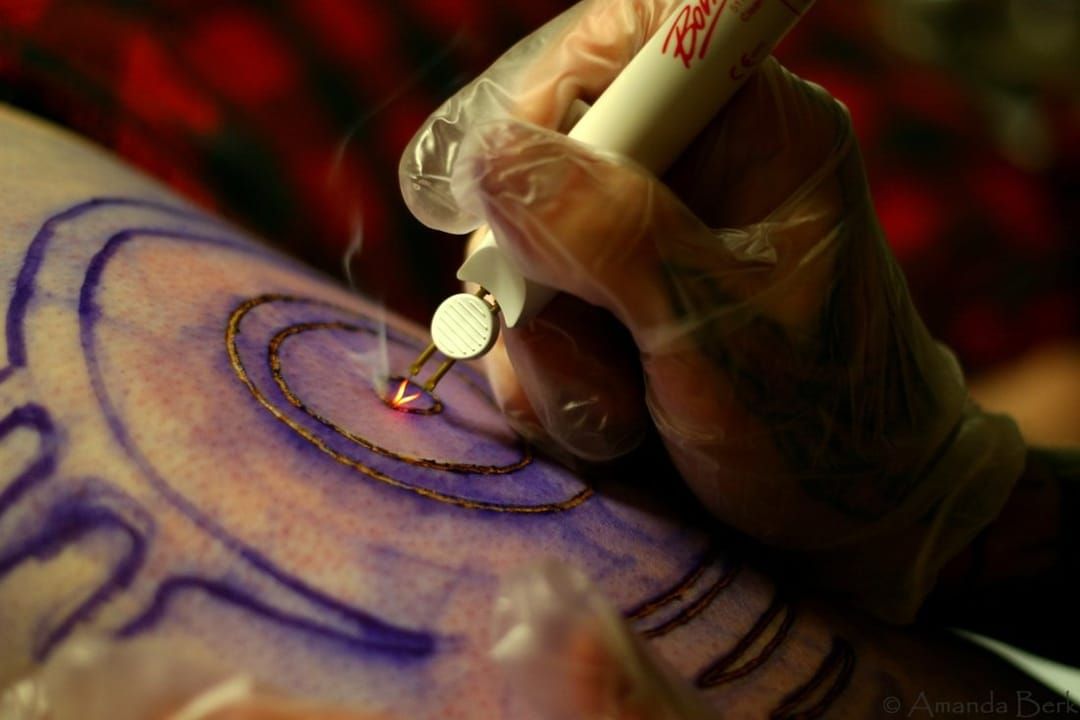
Like most body modifications, branding has already been practiced by the people before us. And not just on humans either, but on animals as well for identification. Branding can be traced back to the century when slavery was considered acceptable among colonies. Millions of slaves were said to be branded during the period of trans-Atlantic enslavement.
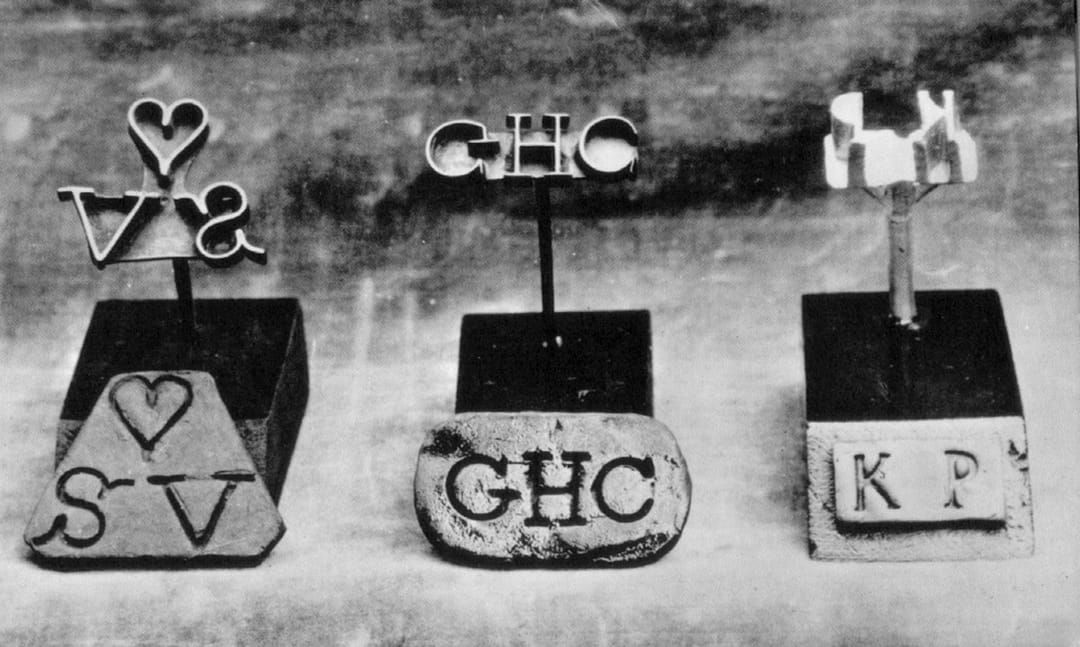
We can go way back to the glory years of the Romans and branding was used to both punish identify fugitives and criminals. This was also practiced in Europe and France in the 17th century for the same reason. Meanwhile in India, branding was used for religious purposes. Branding is also used by tribes for initiation rituals in countries like Papa New Guinea.

In modern times, branding was adapted by body modification enthusiasts who are looking to take a step further with their body mods. Some only want to give branding a go, seeing as getting tattoos and piercings are already pretty mainstream. There are also a number of gangs and fraternities all over the world who take part in branding to mark a member within their brotherhood. Still, the legalities concerning branding with consent is currently considered a legal grey area.

Designs for branding can only be limited depending on the artist. It's not very advisable to choose complicated and detailed design to be used for branding if you're aware that the artist isn't very experienced in the area. But if that's not the case, you can create a variety of designs the same way you can in scarification.

There are a number of ways to perform branding. One of the most common ways is strike branding. This involves heating a small strip of stainless steel and pressing them to the skin repeatedly until the whole design has been covered. Branding irons like the ones they used back then are rare these days.
Others like Marc Pinto, a body modification artist based in Australia, use a medical equipment called a Thermal Cautery Unit. A TCU is more convenient to use, as it's set to a constant temperature, giving a third-degree cauterized burn. The device also makes creating curves and a variety of easier.
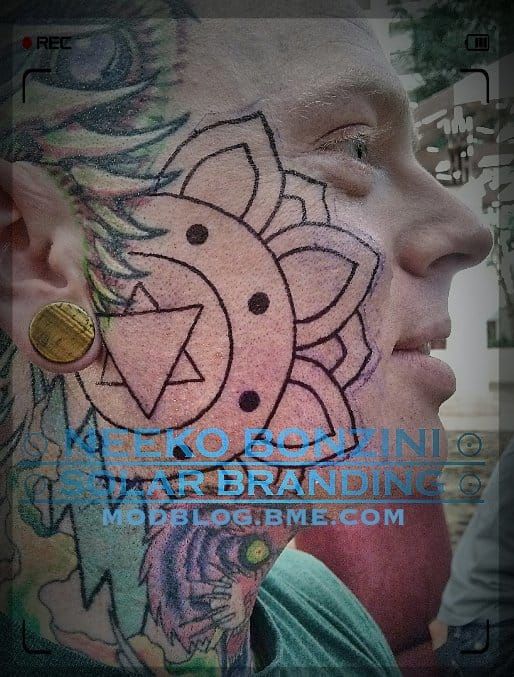
There are a few other methods of branding such as cold branding and solar branding, which is very intriguing, but seeing as body branding isn't very common, the alternative methods are even rarer. We're looking forward to see more documentation with this particular body modification in the future, to find out how far it can take us, the same way tattoos have seen such radical innovations in the past decades.

During the procedure, the body modification artist has to wear a mask to avoid inhaling the vapour given off by the cauterization. Like getting tattooed, the spot of skin to be branded has to be clean and shaved and all, yada yada. It's pretty much the same to getting tattooed, though the pain may vary to each person, the feeling should be different.
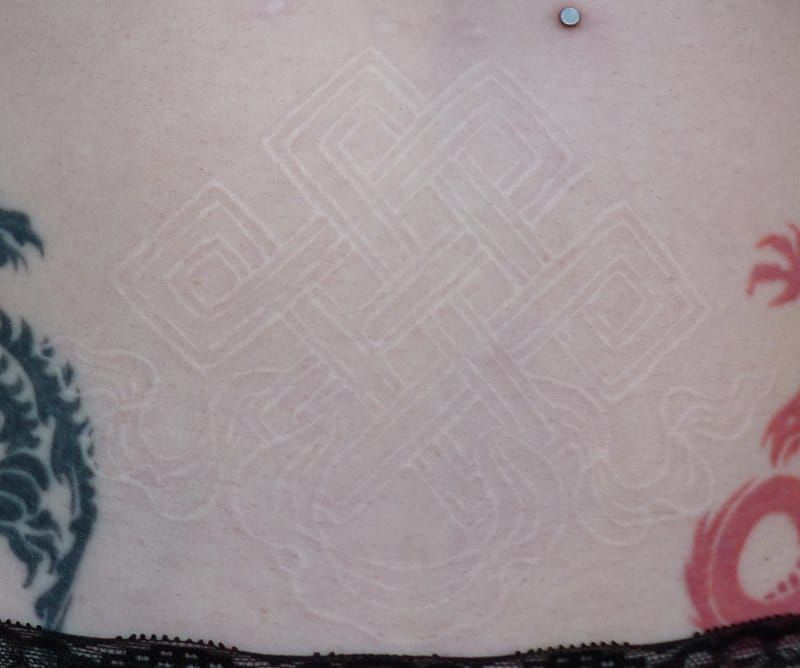
The healing process varies with each person as well, especially if the person involved has skin that is more prone to hypertrophic scarring or keloid. It all starts out with scabbing, which turns into a pinkish scar and will stay that way for several weeks until it finally heals and lighten. While some are aiming for the raised scar hypertrophic scarring results to, some branding scars somehow flatten when they're completely healed and turn white.
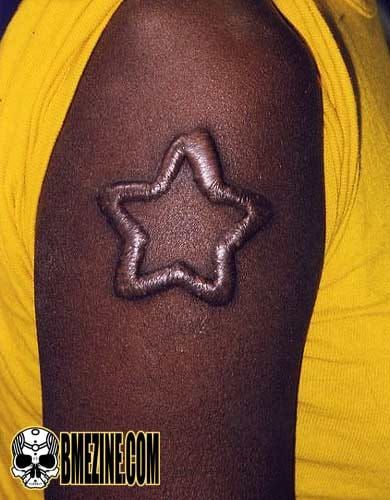
Skin with more melanin tend to heal with raised scars, so that's also a factor one must consider before giving body branding a go.

Branding is virtually irreversible. Unlike tattoos, which can be lasered off and/or tattooed over, the scar branding leaves isn't really safe to tattoo over nor can a cosmetic operation get rid of it completely.
Disclaimer: This article is not encouraging body branding, nor i.s it discouraging it. This is merely written to inform and give some light to the subject. The article may contain some error, as there is very limited information about branding. If so, kindly notify us
